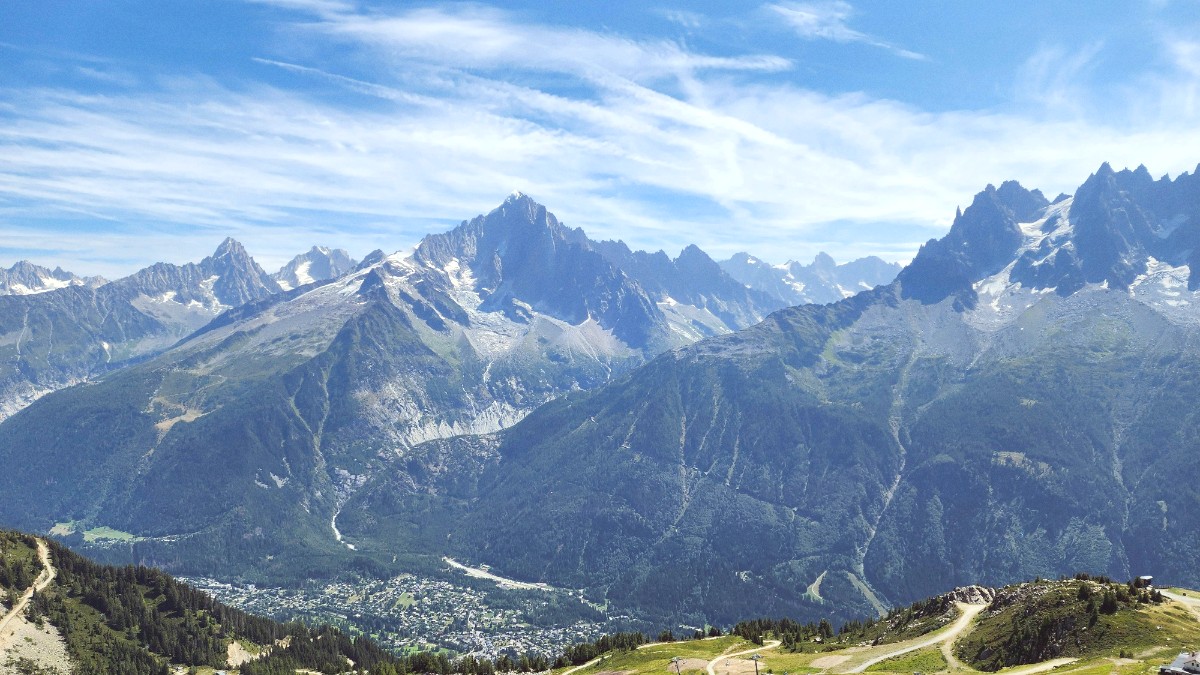
The French Alps, France
Dress for cold, snowy conditions with emphasis on insulation and waterproofing.
Pack for mild to warm weather, but always consider mountain temperature drops and sudden rain.
Waterproof hiking boots with good ankle support are needed for mountain trails. Break them in well. For lighter paths, Trail running shoes can serve.
Comfortable walking shoes or Sneakers are perfect for town. In winter, Insulated, waterproof winter boots with good grip are fundamental.
Ski or snowboard boots are needed for snow sports (rent locally). Sandals or comfortable slip-ons are useful for relaxing after activities.
Always keep both printed and digital copies of important papers.
Plan for charging and staying connected on your trip.
Capture memories and navigate with recommended tools.
Utilize services like Google Drive or Dropbox for backing up important documents and photos.
A portable External hard drive offers a secure offline backup for large media files.
Use a VPN like NordVPN or ExpressVPN for secure internet access, especially on public Wi-Fi.
A well-prepared health kit helps handle minor issues without disruption.
Ensure you have all necessary personal medications and hygiene items.
Bring your own if preferred, or rent for convenience.
Gear for stability, hydration, and navigation.
Specialized gear is needed. Consider renting or hiring a guide.
These items contribute to a more comfortable and secure journey.
Minimize your environmental impact and be prepared for local specifics.
Refill from safe tap water sources.
Minimize plastic waste from purchases.
For picnics and self-catering meals.
Reduce paper consumption.
Roll clothes instead of folding to minimize wrinkles and save space.